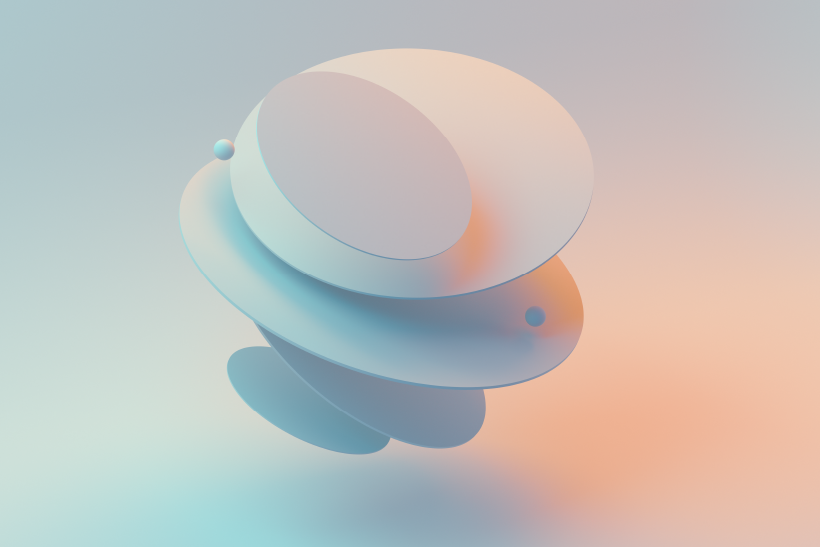
After the core update, the site will definitely be malfunctioning as expected, as long as it isn't WSOD, you're fine! Ignore it and move forward with the migration process. If you were using a custom theme, then in all probability your site will appear broken because your theme was designed for Drupal 6 and the core is now Drupal 7. If you were using custom or contrib modules to display content or blocks the same would happen because the modules are disabled and still Drupal 6.



